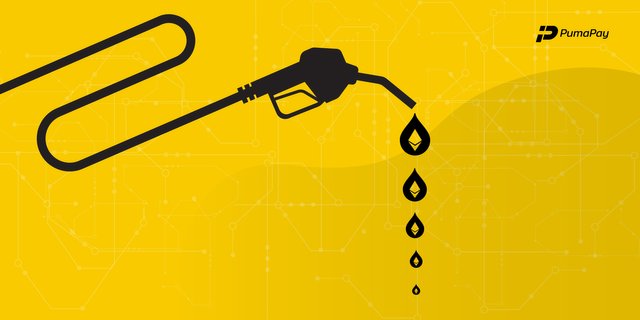Mar 1, 2019
The PumaPay PullPayment protocol is based on the Ethereum blockchain. The Ethereum Blockchain network runs on Gas fees which are payable in Ether. A fraction of Ether is called Gwei also known as shannon, nanoether or nano, with 1 Ether= 1,000,000,000 Gwei (109).
Within the PumaPay PullPayment protocol, Ether Gas is also paid to execute all kinds of transactions.
The Gas fee is a very small transaction fee, and Gas prices may range from half a cent to a few cents or a US dollar. When a new customer signs up to a billing plan, the business owner (merchant) will need to have enough ETH in their Gas wallet for the payment to be transferred to their Treasury.
In the case of a recurring contract, the merchant will need to send ETH to their Gas wallet on a regular basis to make sure that the Gas fees of all upcoming billing cycles are paid.
If there is not enough ETH for the gas fees to be paid, the transaction will not be processed on the ETH blockchain. So, when the balance of ETH falls below the set threshold, the merchant will receive a request to fund their gas wallet.
Gas fees may vary depending on how busy the network is, but they are not affected by the amount of a transaction, whether the merchant is transferring 10 Euros or 10,000 Euros. At the end of every transaction, any unused gas is refunded back to the business. PumaPay does not set the Gas fees. All our Gas fees are estimated according to the ETH Gas Station.
Have a look at the video of our Content Manager Christina Kyriakidou explaining the Gas Fees.

Warning! This user is on my black list, likely as a known plagiarist, spammer or ID thief. Please be cautious with this post!
If you believe this is an error, please chat with us in the #cheetah-appeals channel in our discord.
Downvoting a post can decrease pending rewards and make it less visible. Common reasons:
Submit